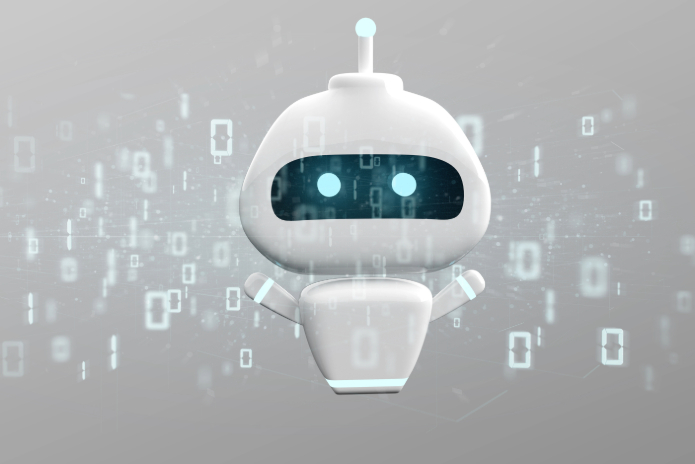An image is still worth a thousand words, especially in e-commerce. On average, consumers take just 50 milliseconds to form a first impression about an online product, according to Google research data. With the rise of AI-powered photo editing tools, Brazilian sellers have found more affordable and efficient alternatives to showcase their products online, without relying on professional photo shoots, which are often expensive and time-consuming.
Instead of setting up studios, hiring photographers, or renting locations, merchants selling on Mercado Livre, Shopee, Elo7, Instagram Shopping, or platforms like Nuvemshop and Shopify have adopted AI-generated images to simulate realistic settings. A handmade cushion can appear in a modern living room; a natural cosmetic product on a well-lit bathroom counter; a handmade mug in the hands of a model at a breakfast table. All created digitally, based on a single simple product photo, usually taken with a smartphone.
This feature, known as AI product staging, uses algorithms to position products in environments that mimic reality, automatically adjusting lighting, shadows, perspective, scale, and color temperature. Unlike digital mockups or traditional compositions, current tools have been trained to understand both the object and its surroundings, resulting in images that appear to have been taken in real photo sessions.
“In the past, creating good lifestyle images required a full production: location, casting, photographer, art direction, and editing. That’s expensive and time-consuming—a luxury most sellers simply don’t have,” explains Matt Rouif, CEO of Photoroom, an AI-based image editing startup. “Today, in just a few minutes, you can generate a library of realistic, professional-quality photos.”
The proposal is simple: with a clean product image, the merchant can generate dozens of contextually varied images for different channels. Besides product pages, these images are used in email campaigns, social media, paid ads, and virtual showcases. Visual flexibility also allows adapting content for different audiences—for example, positioning the same sneaker on a sports trail or in an urban setting, depending on the campaign’s target.

For many Brazilian merchants, especially those operating alone or with small teams, this technology has become a competitive advantage. “The cost for a full photo shoot with location, photographers, models, and editing can easily exceed R$ 5,000. Repeating this process for every new product launch or promotional campaign is unfeasible. With AI, we solve this in minutes, with a symbolic investment,” says Matt.
Beyond being a practical solution, contextualized images play a strategic role by compensating for the lack of physical contact with the product during the online shopping journey.
According to industry experts, this type of visual storytelling sparks immediate interest and fosters greater trust and emotional connection. “Whether you sell handmade soaps, printed t-shirts, or handcrafted jewelry, showing your products in the right context can be the difference between being ignored or making a sale,” adds Photoroom’s CEO.
Moreover, the ease of image production allows teams to quickly test which visuals generate the most value. With less time and cost per image, A/B testing with different visual contexts becomes feasible, helping focus efforts on campaigns and creative assets that drive the best results.
“AI doesn’t replace human creativity, but it multiplies what a small team can produce. And in online commerce—where everything starts with an image—that makes all the difference,” concludes Matt.


